Are you trying to set up a movie night but having difficulty getting your projector image to look crisp and clear? If you’re noticing that the image is blurry on one side, it could indicate an issue with the optics or alignment of your projector. Don’t despair—in this blog post, we’ll walk through what can cause this issue, how to troubleshoot your setup, and ultimately how to get a better quality picture. So keep reading if you want to ensure that both sides of the projected film come out looking sharp for everyone’s viewing pleasure!
How Does the Projector Operate?
Projectors are a great way to display your work or entertainment, but it’s important to know how they function. Whether you’re using a standard overhead projector, an LCD projector, or even a digital projection system, the basics of operating them remain the same. [1]
To start off, it’s important to make sure that the projector is in the proper location and pointed in the right direction. The projector may need to be moved closer or further from the screen, depending on what type of projector is being used. Once this has been done it’s time to turn on the power.
Most projectors have a power switch located on the side or back of the device that will turn it on when pressed. Once the projector is on, the next step is to make sure that it’s connected to the content source. This can be done by plugging in a laptop or other device with an appropriate cable.
Once these adjustments have been made, it’s time to begin projecting your content! With a few simple steps you’ll be able to show presentations, movies, photos, and more on a big screen with ease. By familiarizing yourself with the steps, you’ll be able to quickly and easily set up any projector in no time. [2]
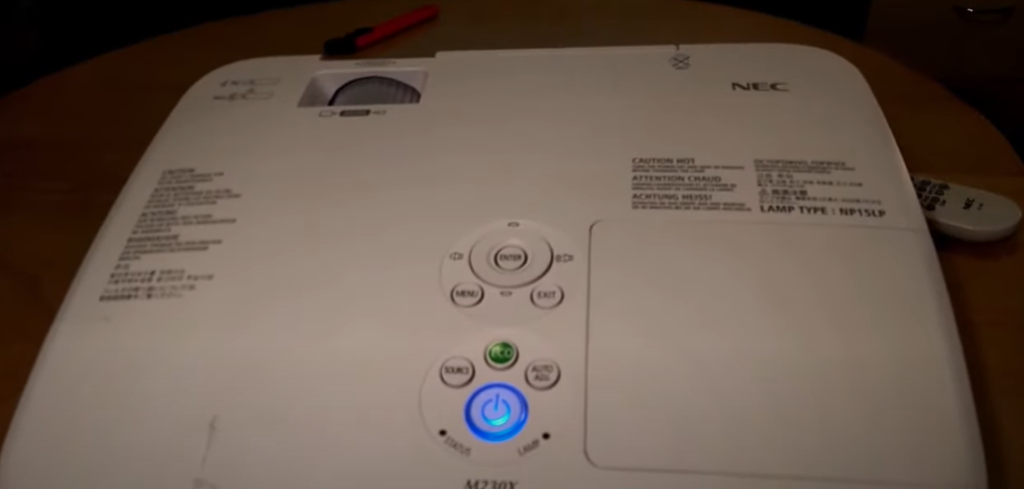
What Functions Does the Projector Perform?
Projectors are an essential part of any modern office, classroom or home theater. They allow you to display presentations, videos and images in a large format for everyone to enjoy. But what exactly can projectors do? Here is a list of their special characteristics:
High resolution
Projectors can produce extremely sharp images with excellent contrast, giving you a clear and bright display. This makes them perfect for displaying high-resolution pictures or videos since they will be more visible than on a regular television or monitor. [3]
Wide viewing angle
The wide viewing angle of projectors allows everyone in the room to see the presentation or video clearly without having to move around. This makes them ideal for large audiences or conferences since everyone will be able to see the display from their seats.
Setup flexibility
Projectors can be placed anywhere in the room, allowing for a wide range of setup options. You can mount it on the ceiling or wall depending on your needs and what works best for the space you are in. This makes them perfect for classrooms or conference rooms where you need to be able to change the setup quickly and easily.
Brightness
Projectors can produce very bright displays, even in large spaces. This makes them ideal for home theaters or offices that want to take advantage of the increased brightness without sacrificing the quality of the presentation or video.
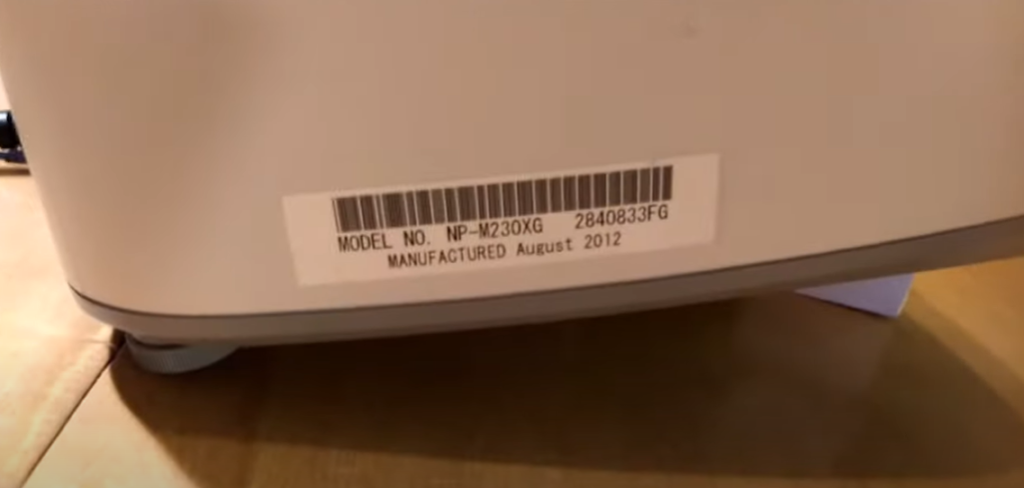
Compatible with a variety of devices
Projectors are becoming increasingly compatible with a wide range of devices. This allows you to easily display presentations or videos from your laptop, tablet, phone or other device without having to connect any additional cables or adapters.
These special characteristics make projectors an essential part of any modern office, classroom or home theater. With their sharp resolution, wide viewing angle, setup flexibility, brightness and compatibility with a variety of devices, they are sure to bring your presentations or videos to life. [4]
What Types of Projectors Are Existing?
There are a number of different types of projectors that can be used for various purposes. Depending upon the type, there are particular features that come with each one. Here is a list of some popular projectors and their features:
- LCD Projector – This type of projector uses tiny liquid crystal display (LCD) panels which allow light to pass through and create an image. The main advantages of LCD projectors are their small size, bright images, and low cost.
- DLP Projector – This type of projector works by using tiny mirrors to reflect light onto a screen. This allows for high resolution, little visible artifacts in the projected image, and long lamp life. However, it is a more expensive option than other types of projectors.
- LED Projector – This type of projector uses light-emitting diodes (LEDs) instead of a lamp for illumination. The advantages include low power consumption, long lifespan, and bright colors. However, they tend to be more expensive than other types of projectors.
- Laser Projector – This type of projector uses lasers to generate an image. It is often used for large venue applications and offers the brightest images, but they are also generally the most expensive option.
No matter what type of projector you decide to use, it is important to consider your needs before making a purchase. While some projectors may be more suited for certain purposes, no one type of projector is necessarily better than the others. Consider your budget, the size and resolution of the images you need to produce, and any other special features that may be important to you before selecting a projector. With these factors in mind, you can make sure that you are getting the best possible projector for your needs. [5]
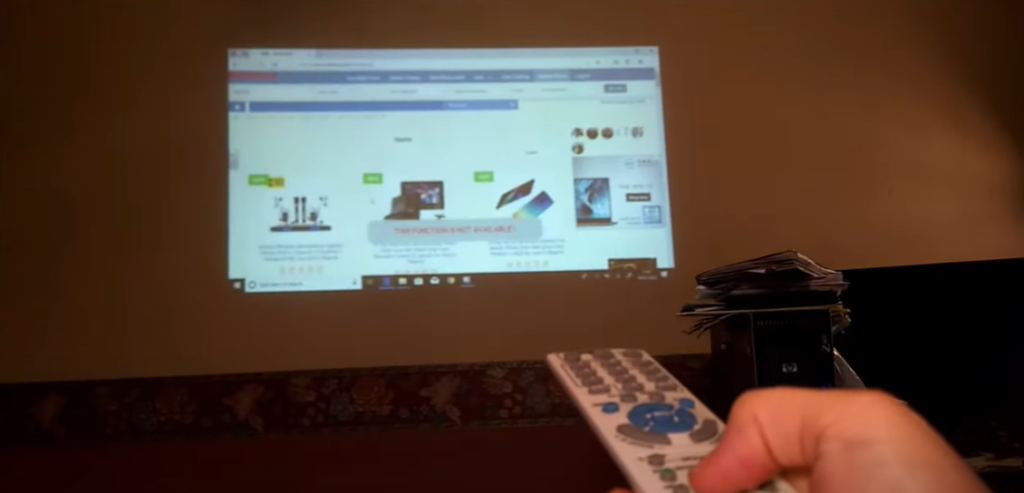
What are the Basic Projector Settings?
Projectors are becoming increasingly popular for home entertainment, as they offer a much bigger display than a regular TV or monitor. But before you can get the most out of your projector, there are some basic settings that need to be adjusted. Here’s what you need to know about setting up your projector.
Brightness and Contrast
The first step in setting up a projector is adjusting the brightness and contrast. This will help you find the best level of clarity that works for your environment. To adjust these settings, look for a small menu on the side of the projector or check your TV remote for options.
It’s important to note that some projectors may not have this feature, so make sure you read the instructions that come with your specific model.
Aspect Ratio
The next step is adjusting the aspect ratio of your projector. This will determine how wide or narrow your image will be onscreen, and it’s important to get it right. To adjust the aspect ratio, look for a menu option in your projector settings or remote control.
Most projectors come with a preset ratio that works best for the type of content you are displaying, so experiment to find one that looks good.
Picture Mode
Once you’ve adjusted your brightness and contrast settings, it’s time to adjust the picture mode of your projector. This setting will determine how sharp the image is and can help reduce graininess. To adjust the picture mode, look for a menu on the side of your projector or use your remote control.
Color Temperature
You can adjust the color temperature of your projector. This setting will help create accurate colors and ensure that whites appear white and blacks appear black. To make this adjustment, look for a menu option in your projector settings or remote control.
Other Settings
Finally, you may want to adjust the other settings of your projector. These could include sharpness, noise reduction, motion processing and more. Again, look for a menu option in your projector settings or remote control to make these adjustments. [6]
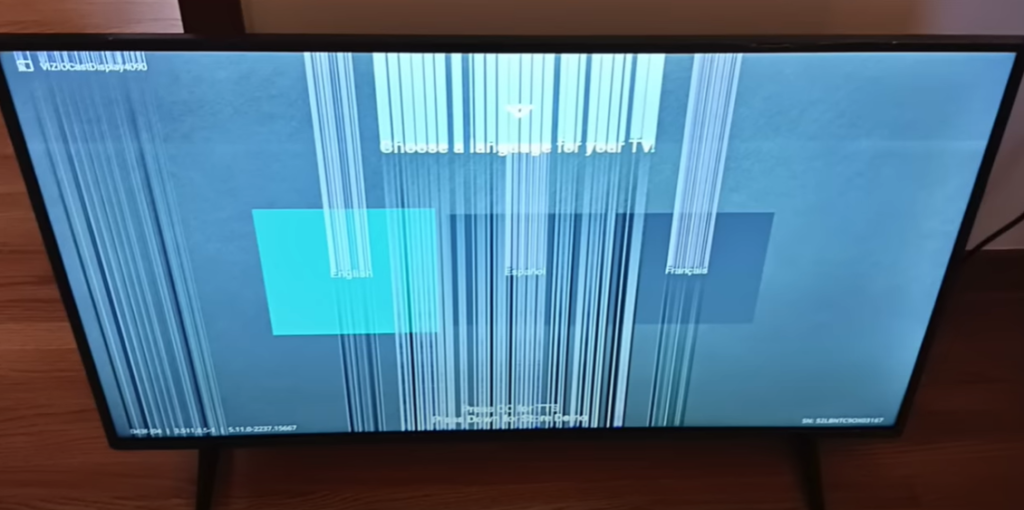
What Problems Can Happen with Projector Operation?
Projector operation can be a tricky business, but there are many problems that can arise with it. Projectors are sensitive pieces of equipment and need to be properly used in order for them to work correctly. When not used correctly, the following issues may occur:
Poor Image Quality
If the projector is not adjusted correctly, the image may be too dark or bright, or have poor contrast. This can make it difficult to see what’s being projected and diminish its impact. Additionally, if the resolution is set too low, images displayed will look blurry and pixelated.
Unstable Image Projection
If the projector is not properly mounted, it may tilt or vibrate during use. This can make the image look distorted and blurry, making it hard to read anything that’s displayed.
Color Problems
If the projector is not set up correctly for color calibration, images may appear washed out and lack vibrancy. Additionally, if the colors are calibrated incorrectly they may be altered in hue or tint, making them difficult to recognize.
Malfunctioning
Projectors can become damaged from overheating and lack of maintenance. If the fan stops working, for example, it can cause the projector to overheat and damage internal parts. It’s important to make sure that all connections are secure and that there is adequate ventilation when operating a projector.
Projection Problems
Ambient light can cause projection problems if the room is not adequately darkened before projecting. The image may look washed out and distorted, or may appear too bright in some areas. Additionally, shadows from people moving around can also have an effect on the projected image, making it difficult to read. It’s important to make sure that the room is dark before operating a projector.
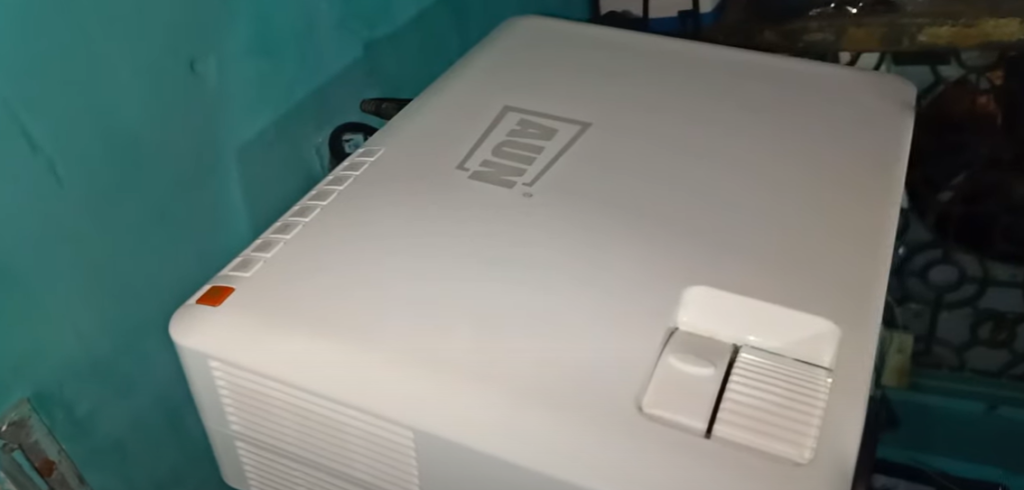
Image Flickering
Image flickering can occur if the projector’s refresh rate is set too low or there are connection problems with cables and equipment. This can cause the image to flicker, making it difficult to watch whatever is being projected.
By following best practices for projector operation, these problems can be avoided and the image quality will be optimal. It’s essential to ensure that the projector is set up correctly and in a well-ventilated area to avoid any potential issues. [7]
Projector Blurry on One Side: How to Fix?
Projectors are versatile and indispensable tools used for presentations, classroom lessons, or even home entertainment. But when your projector image appears blurry on one side but clear on the other, it can be incredibly frustrating. Fortunately, there are a few simple steps you can take to correct this issue. Here’s how:
- Check that the projector is firmly mounted. Make sure the screws that hold it in place are tight and secure, and that there’s no movement when you bump the mount or table.
- Check if the lens has been zoomed in too far. If so, reset the settings to its normal size and try again.
- Ensure that your connections are secure: make sure the HDMI cable, VGA cable, USB etc. is properly inserted and secure.
- Make sure that your projector bulb is not too old and dimmed. In general, projection bulbs have a life expectancy of around 1,500 to 6,000 hours depending on the type used in your projector. If you find that it has been in use for longer than the recommended hours, it’s time to replace your bulb.
- Calibrate the image settings to ensure that everything is even on both sides. Most projectors allow you to do this from its menu.
- If these steps don’t work, contact a professional or take your projector in for servicing as the issue may be more complicated than expected. [8]
How to Ensure Long and Correct Projector Operation?
Whether you’re setting up a projector in your home or office, the goal is to ensure long and correct operation. Here are some tips on how to get the most out of your projector:
- Check for Stability: Make sure that the projector is firmly mounted or placed on a stable surface. This will help prevent unnecessary vibrations or shaking which may cause the picture to be distorted.
- Clean Lens: Keep the projector’s lens clean to ensure optimal performance and image quality. Use a soft cloth or air duster to clear away any dust that has accumulated.
- Check Fan Noise: Pay attention to fan noise levels as this could mean your projector is running too hot and needs additional cooling. Make sure to check and clean the fan regularly.
- Adjust Picture Setting: Make sure you adjust the projector’s settings to optimize image quality. This can include adjusting contrast, brightness, color temperature, etc.
- Avoid Sunlight: Never place your projector in direct sunlight or any area with a lot of natural light as this can cause permanent damage.
- Keep Away from Moisture: Projectors are sensitive to moisture and can easily be damaged. Make sure your projector is kept in a dry, dust-free environment.
- Keep Cables Organized: To prevent tangling and reduce the risk of accidents, keep all your cables organized and tucked away. This will also help maintain the overall neatness of the projector’s setup.
- Regular Maintenance: To ensure the longevity of your projector, it is important to do regular maintenance checks. This includes checking for dust accumulation, inspecting cables and connections, and updating firmware if necessary.
- Use High Quality Accessories: Investing in high quality accessories can help improve the performance of your projector as well as protect it from damages. Make sure to purchase accessories that are compatible with your projector model.
- Additionally, it is important to read through your projector’s manual thoroughly in order to understand all its features and functions as well as any specific safety and maintenance instructions. Taking the time to properly set up and maintain your projector will help you get the most out of it in the long run. [9]
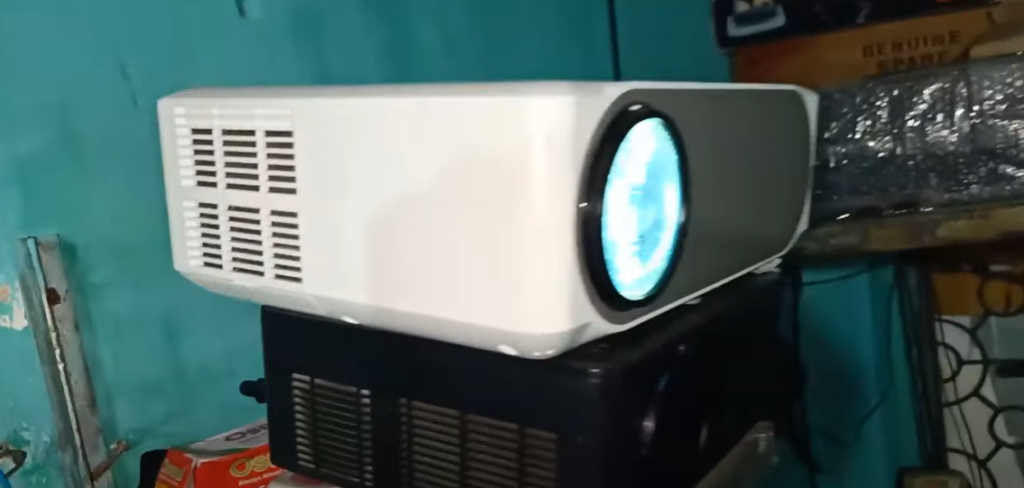
FAQs
Why is my projector screen uneven?
Your projector screen may be uneven due to the way it was installed. To fix this issue, make sure that the wall or surface where you are installing your projector screen is completely level before mounting. If it’s not, use shims to even out the surface. Additionally, check for any air bubbles or pockets in the adhesive and make sure that they are filled in evenly to maintain an even surface. Finally, adjust the tension of the projector screen to ensure that it is held firmly in place and doesn’t sag or wrinkle. With these steps, you should be able to get a smooth and even projection from your projector screen.
How do you fix a skewed projector image?
If the projected image appears skewed or distorted, there are several potential causes and solutions. Generally speaking, ensure that the projector distance from the screen is correct for optimal picture clarity. If that doesn’t help, the lens may be misaligned, so you should check to make sure it’s properly adjusted. You can also try re-calibrating the screen angle. If that doesn’t work, it may be that your projector needs to be serviced by a professional technician. Finally, you should make sure all of the projector’s cables and connections are firmly in place.
How do you fix a projector lens?
If your projector lens is out of focus, try the following steps:
- Determine if the projector has an adjustable manual or automatic focus feature. If so, adjust it according to the instructions in your projector’s user manual.
- If your projector does not have a manual or auto-focus feature, you can manually adjust the focus by loosening the screws in front of the projector lens. Turn them clockwise to make the image sharper and counterclockwise to make it blurrier.
- If your projector still won’t focus, you may need to clean the lens. Unscrew it and use a soft microfiber cloth to wipe away any dirt or dust particles that have collected on the glass. For stubborn spots you may need to use a lens cleaner solution, but be sure to follow the instructions on the bottle and take extra care when handling the projector lens.
- If manual focusing and cleaning don’t fix your issue, it may be time to replace the projector’s lens with a new one. Depending on the model of projector you have, this may be a simple fix or require the help of a professional. If you opt to purchase a new lens, make sure it’s compatible with your projector model before making your purchase.
How do you align a projector perfectly?
Aligning a projector perfectly can seem like a daunting task, but it is actually quite straightforward if done correctly.
The first step to aligning a projector is to ensure that the projector’s lens is adjusted correctly. You will want to adjust the tilt and angle of the lens so that it projects an image with minimal distortion and optimal sharpness. This can be done by making sure that the projected image on your screen or wall is centered, level, and not distorted.
Use keystone correction to fine-tune the alignment of the image. Most projectors have either digital or manual keystone correction options that allow you to adjust for slanted or curved walls and ceilings. When using digital keystone correction, make sure to follow the instructions provided by your projector manufacturer in order to ensure optimal results.
Once you have the lens adjusted, use your projector’s zoom features to adjust the size of the image to fit perfectly on your screen or wall. Take care to ensure that no part of the image is getting cut off, and be sure to check from multiple angles in order to make sure there are no discrepancies in alignment.
When you have adjusted the image to the correct size and alignment, use your projector’s image optimisation features to ensure maximum colour accuracy and sharpness. These settings are easy to use but can make a big difference in how your image looks.
Useful Video: How to make Blurry Nec Projector Video Clear on the Wall
Conclusion
Fixing a projector and getting the best viewing experience is a must for businesses, classrooms, and home theaters. With the information provided in this post, hopefully you are now armed with all the information you need to tackle your blurry projector problem! Always remember to give it your best efforts when trying any of these fixes. You don’t want to cause another issue by making a mistake. If things still don’t look right, then it could be time to call in the professionals. With the help of an expert’s trained eye and tools, you can be sure that the projector issue will be solved quickly and efficiently. So become a troubleshooting guru today and don’t let your projector issues stand in your way anymore!
References:
- https://www.projectorpoint.co.uk/blog/how-do-projectors-work
- https://www.gadgetreview.com/how-do-projectors-work
- https://www.essaysusa.com/article/the-uses-and-functions-of-the-projector
- https://www.techwalla.com/articles/what-are-the-functions-of-data-projectors
- https://www.moglix.com/articles/types-of-projectors-based-on-their-applications
- https://www.cnet.com/tech/home-entertainment/9-tips-to-perfectly-set-up-your-projector/
- https://pointerclicker.com/projector-display-problems/
- https://ivankyo.com/blogs/tech/how-to-refocus-the-projector-to-get-rid-of-the-blur
- https://cyberschooltech.co.ug/taking-care-of-your-projector/

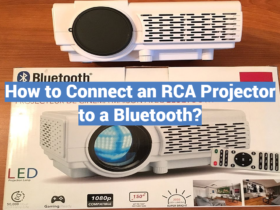


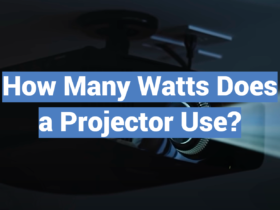
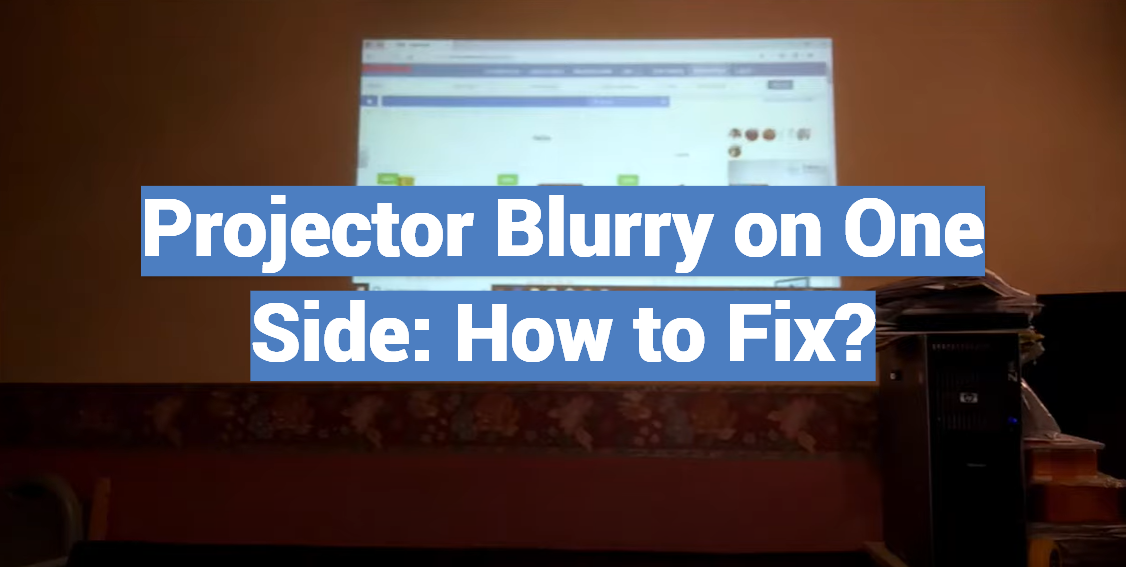
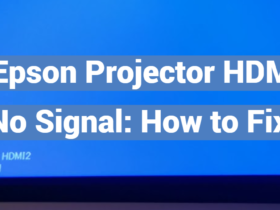
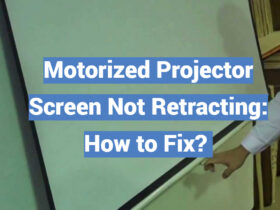
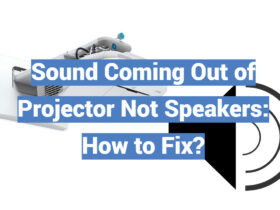
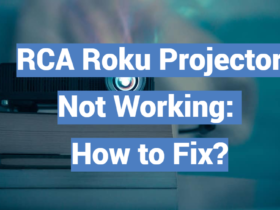
Leave a Review